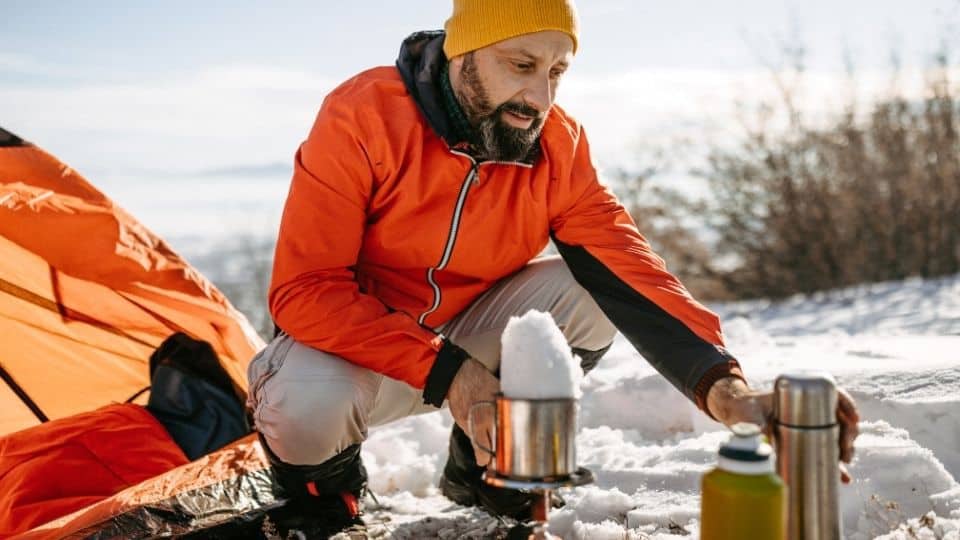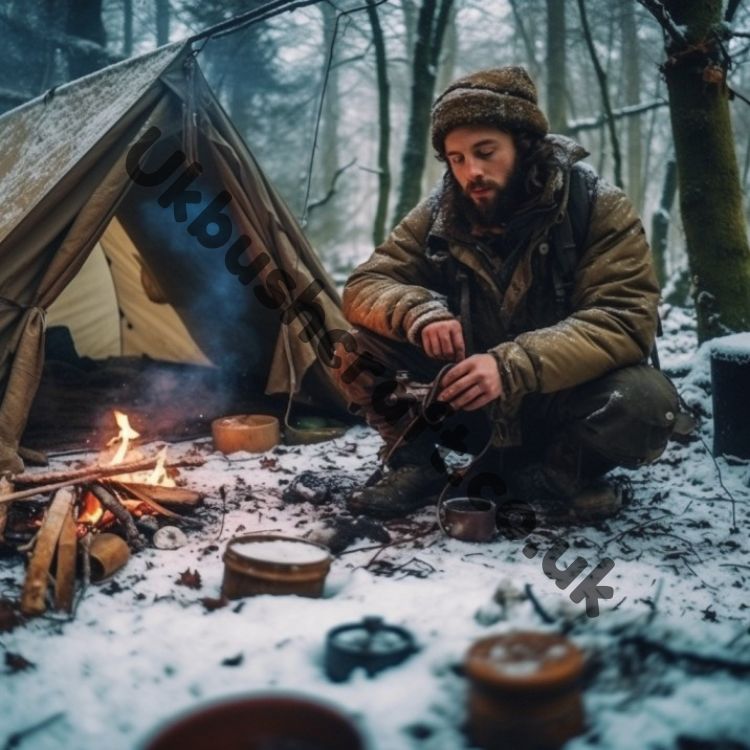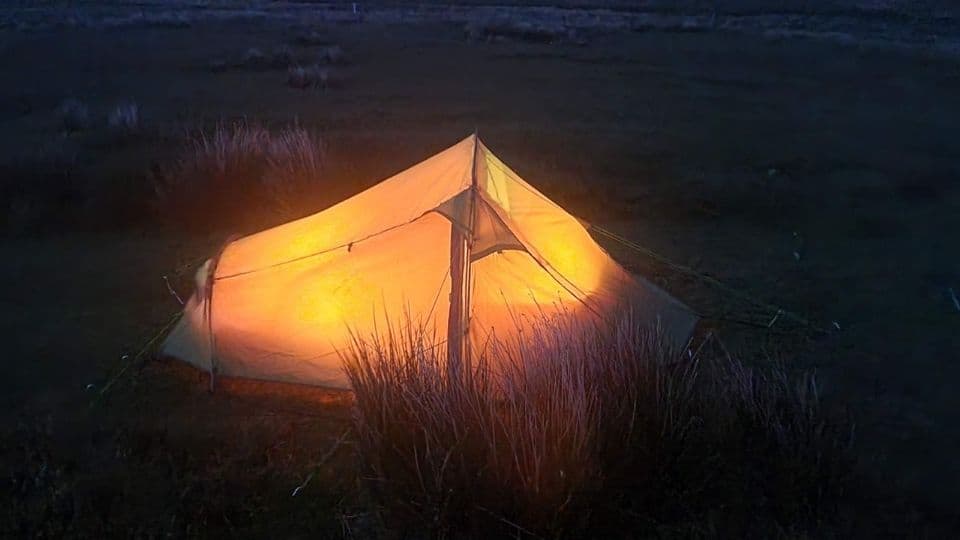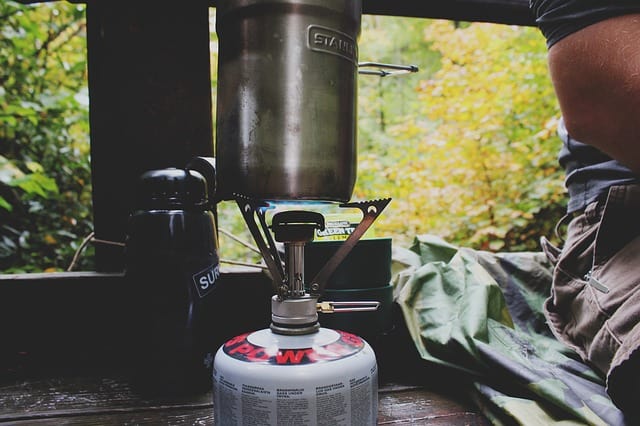Is Snow Safe to Eat or Drink?
So, it’s snowing, and your in the woods wondering is snow safe to eat or drink?. YES, it is but there are some steps you should take to be sure you are safe. Below we will go into more detail on how you can stay safe if you need to eat or drink snow.
We will also give you some tips on preparing it. Below are 6 tips to find snow safe to eat or drink
- Try to take the snow from up a height (top of a wall or hedgerow, etc.) this avoids any contaminants that may be laying on the ground.
- Avoid eating or drinking old snow as this will have had time to pick up germs and dirt.
- If it’s snowing try laying out something on the ground to catch the fresh snow.
- Don’t eat or drink yellow snow!, for that matter, avoid any snow that is not pure white (green may contain algae, for example).
- If possible boil for 5 to 10 minutes if you can as an added precaution.
- Avoid snow in high traffic areas as this may have chemicals and heavy metals within it.
How to Collect Fresh Snow While It’s Snowing
If it is snowing at the time you want to collect some snow to drink this will be a straightforward task and the best way to collect snow safe to eat.
You will need something to collect the snow on such as a waterproof coat, or a backpack rain cover works well.
- Find an open area with a decent amount of snowfall away from trees etc
- Layout your coat as wide as possible to maximize the amount of snow collected in the shortest time.
- Allow the snowfall to collect on the coat and harvest as required.
How to Collect Snow When Is Has Stopped Snowing
If the snowfall has stopped, snow safe to eat or drink can still be collected, but there are things to keep in mind to be safe. If it has recently stopped snowing then great there will be a lot of fresh snow around to collect, if not you should take a little more careful where you gather it.
Again we can use a coat or the waterproof liner of your backpack to contain the snow. Look to collect the snow from higher than ground level if you can, so the top of hedgerows or walls. Just preferably not on the ground as you do not know that contaminants may be on the ground and therefore end up in your snow.
If you can carefully scrape around 1cm off the top of the snow before collecting and also try not to scoop to the bottom to avoid any dirt.
Do I Have to Melt Snow Before I Can Eat or Drink It?
In a survival situation, I would say 100% yes you would want to melt it as your body will have to burn valuable energy trying to keep you warm while you ingest the cold snow. Which if things went bad could lead to hypothermia if you did not have a heat source such as a campfire to help keep warm.
Will Boiling Make Snow Safe to Eat?
While fresh snow is safe to drink, just taking 10 minutes to boil, it is a great piece of mind. You will need to melt 10 litres of snow to make 1 litre of water. This is why I suggested using the coat or backpack rain cover to collect it. Snow or any water source gathered in the wild should be boiled for at least 5 to 10 minutes at a rolling boil to be sure to kill almost all bacteria. Remember water boils at different temperatures depending on altitude. At sea-level, water boils at 100° C (212° F)
Boiling does not need to be complicated, a simple small campfire fire and a billy can will get the job done just fine.
Check Out our Camp Fire Guide Here
Check out Wikipedia here about water boiling points.
When Not to Eat or Drink Snow
You should not eat or drink snow if it has any discolouration at all. You should only ever eat or drink pure white snow. If in any doubt, move on and try to find a better patch.
- Yellow — may contain urine
- Black/grey — may contain dirt and other nasties and if you are in an urban environment chemicals or road debris including car waste from exhaust gases
- Green or red — may contain algae
- Anything other than pure white — ask your self is this snow safe to eat? do not risk it move on
Can You Get Sick From Eating Snow?
From the research I have done, I found that not that generally, snow is safe to eat. Those that did get sick got some mild diarrhoea and are usually fine again within around 24 hours. Most people will probably never eat enough snow to get sick. If you follow what the above chances are quite slim for getting sick from eating or drinking fresh, clean, pure white snow.
What Will Happen if My Dog Eats Snow?
It’s mostly the same rules that apply to dogs as humans. If the snow is clean and fresh doggo should be just fine. Just keep an eye on him and make sure he doesn’t eat too much as it may upset his stomach, and be sure he is not picking any dirty snow up.
Wrap It Up
Hopefully, this has answered a few questions about if snow is safe to eat or drink for you. Follow the steps above, and you should be good, So get out there and enjoy the outdoors!.





